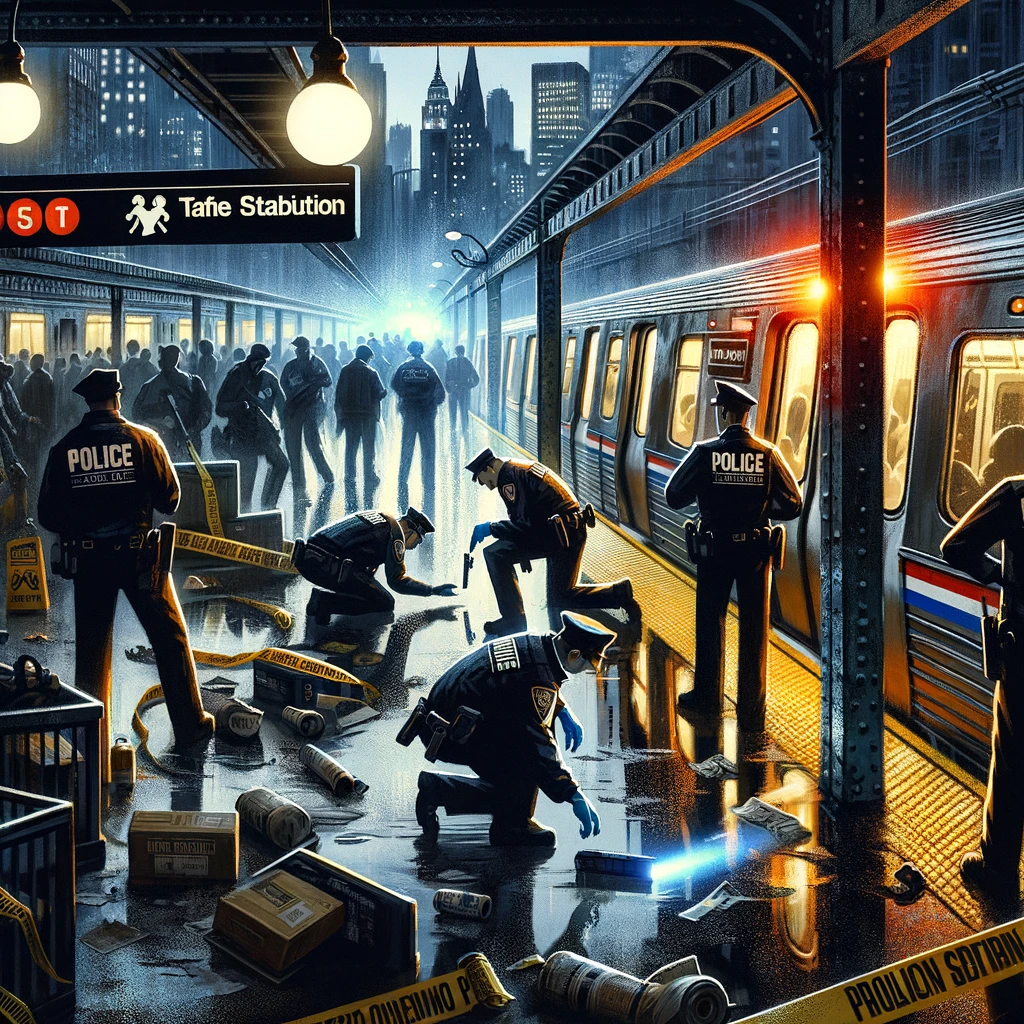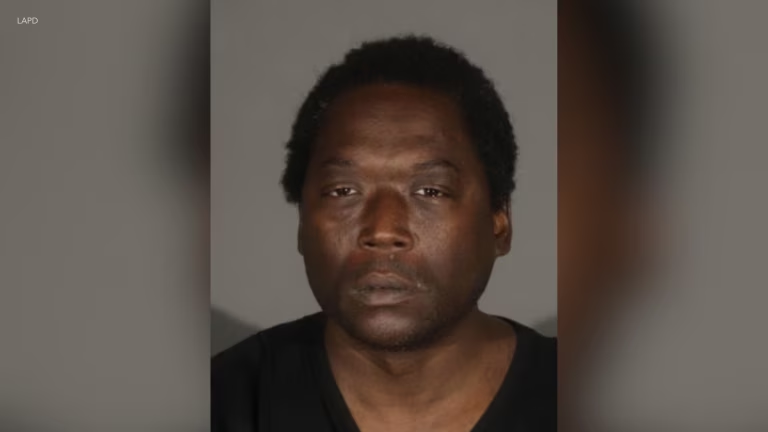
The incident involving the tragic slaying of a woman from Nicaragua at the Universal City Metro Subway in Los Angeles has captured widespread attention and raised numerous questions about public safety, racial dynamics, and media representation. The case involves the unfortunate death of a Nicaraguan national, which occurred at a bustling subway station, a hub for commuters in one of the city’s most frequented areas. The suspect in this case, a Black male, is currently being sought by the police, adding layers of complexity and sensitivity to the situation due to the racial aspects involved.

https://images.app.goo.gl/SyDMFv7Cn1ZdAmBA9
This event not only reflects individual tragedy but also touches on broader societal issues that merit careful examination. It serves as a critical point of reflection on the intersections of race, immigration, and security in urban spaces. In discussing such an incident, it is important to navigate the narrative with an understanding of these multi-faceted issues while acknowledging the personal loss and community impact.
Firstly, the incident raises significant concerns about public safety in metro systems and other public transit environments. Subway systems are vital arteries of urban infrastructure, yet they often become settings for crime and violence. The question arises: how can cities ensure the safety of all passengers while maintaining the accessibility and efficiency of public transit? The challenge lies in implementing security measures that are both effective and non-invasive, such as increased surveillance, better lighting, and more visible law enforcement presence, without creating a fortress-like atmosphere that could deter the public from using these services.
Secondly, the racial identity of both the victim and the alleged perpetrator adds a layer of complexity to the public and media response to the crime. When crimes occur that involve individuals of different racial backgrounds, there is a potential for stereotyping and racial profiling, which can influence public perception and the investigation process. It is crucial for media outlets and public figures to handle such cases with a high degree of sensitivity and awareness of the broader social implications of their narratives. Avoiding racially charged language and focusing on the facts of the case rather than the race of the individuals involved helps prevent the perpetuation of harmful stereotypes and societal divisions.
Furthermore, the role of the media in reporting on crimes such as this one is a critical aspect to consider. The media has the power to shape narratives and influence public opinion. Responsible journalism entails providing balanced, accurate, and respectful coverage, especially in cases involving violence and loss. Sensationalizing tragedy, exploiting racial elements, or assigning blame without sufficient evidence can lead to misinformation, fear, and heightened racial tensions. The media must navigate the fine line between informative reporting and sensationalism, ensuring that their coverage does not contribute to racial stereotypes or community fears unnecessarily.
The societal impact of such incidents extends beyond the immediate community. Events like these can trigger widespread fear, affecting how people interact with one another and their environment. They can also lead to increased advocacy for policy changes or more community-based approaches to safety and security. Community leaders, local governments, and civic organizations often play a crucial role in mediating these discussions, fostering dialogue to address the underlying issues, and working towards solutions that enhance community resilience and cohesion.
As the investigation into the slaying of the Nicaraguan woman continues, it is important for all involved—law enforcement, the media, and the community—to approach the situation with care and a commitment to justice. Efforts should be focused on gathering all relevant facts, supporting the affected families, and bringing the responsible individual to justice in a manner that upholds the principles of fairness and legal integrity.
Moreover, this incident underscores the need for ongoing dialogue and action on improving public safety, addressing the root causes of violence, and enhancing cross-cultural understanding and cooperation. It serves as a reminder of the work that remains to be done in building safer, more inclusive communities that respect and protect all individuals, regardless of their background.
In conclusion, the tragic event at the Universal City Metro Subway is a multifaceted issue that reflects deeper societal challenges. It provides an opportunity for reflection, dialogue, and action across various domains—public safety, media ethics, racial relations, and community engagement. By addressing these issues thoughtfully and proactively, societies can hope to prevent such tragedies in the future and build a foundation for greater understanding and cooperation among diverse populations.
Dramatic illustration for the article titled “Manhunt Underway: Tragic Metro Incident Sparks Search and Societal Reflection,” depicting a tense scene at a metro subway station with police activity, enhancing the urgency of the search.